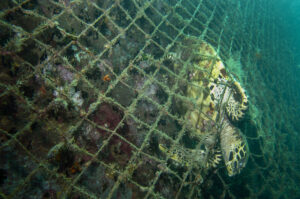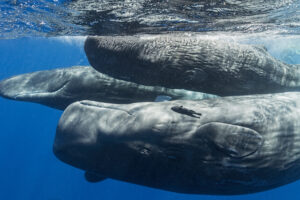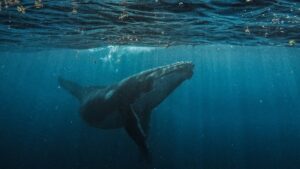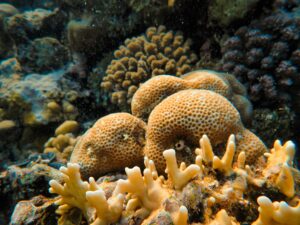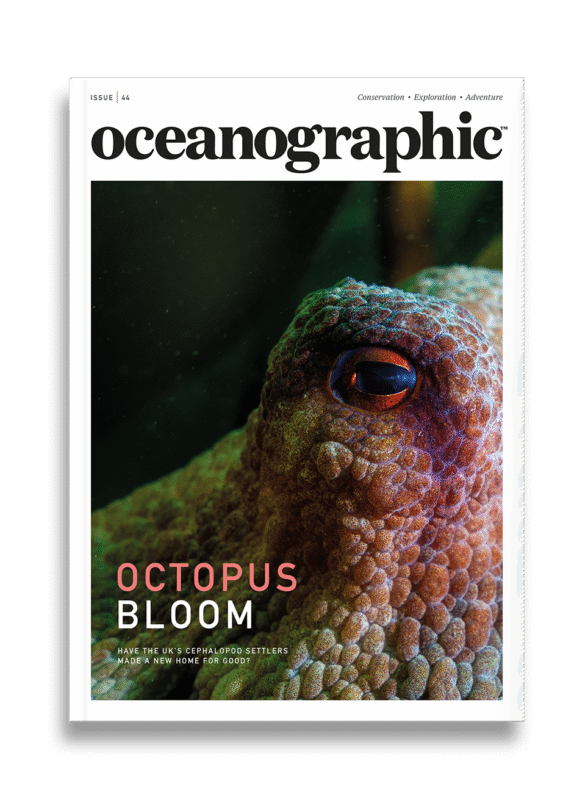Fiji scientists name new species of blue-spotted maskray
Part of the blue-spotted maskray complex and found only in Fijian waters, the Fiji maskray is emblematic of a new era of local marine research, having gone years without ever previously undergoing a detailed taxonomic description.
Traded for years in local markets under the mistaken identity of either bluespotted stingray or coral sea maskray, a new domestic species of ray has now been formally identified and described by researchers from the University of the South Pacific.
Part of the blue-spotted maskray complex and found only in Fijian waters, the newly described Fiji maskray (Neotrygon romeoi) is emblematic of a new era of local marine research, having gone years without ever previously undergoing a detailed taxonomic description.
That all changed when research led by Dr Kerstin Glaus, research fellow with the Pacific-European Union Marine Partnership programme (funded by the EU and the Government of Sweden) conducted this landmark study. Its results have since been published in the Journal of Fish Biology.
Long-confused with Neotrygon kuhli and N. trigonoides, the identification of the new species marks a new era for marine research and Dr Glaus’ findings – entitled A new blue-spotted Maskray species from Fiji – has now confirmed that Neotrygon romeoi is a completely new species.
The discovery was confirmed through a combination of detailed measurement of the shape and size of the ray’s body parts, such as the length of its tail and size of its eyes or fins; counting specific body features like the number of vertebrae; and DNA barcoding which – using a small piece of the ray’s DNA to identify what species it is – is similar to scanning a barcode to tell products apart.
“It stands out with its broad, angular snout, long claspers in adult males, and a row of thorn-like spines running from the neck to the base of the tail,” said Dr Glaus. “The ray’s brown back is decorated with dark mask-like markings across the eyes, two large blotches behind the spiracles, and numerous black spots – especially around the face.”
This research was based on specimens bought from the Suva Fish Market and collected from local fishermen. The researchers insist that no rays were killed specifically for the study.
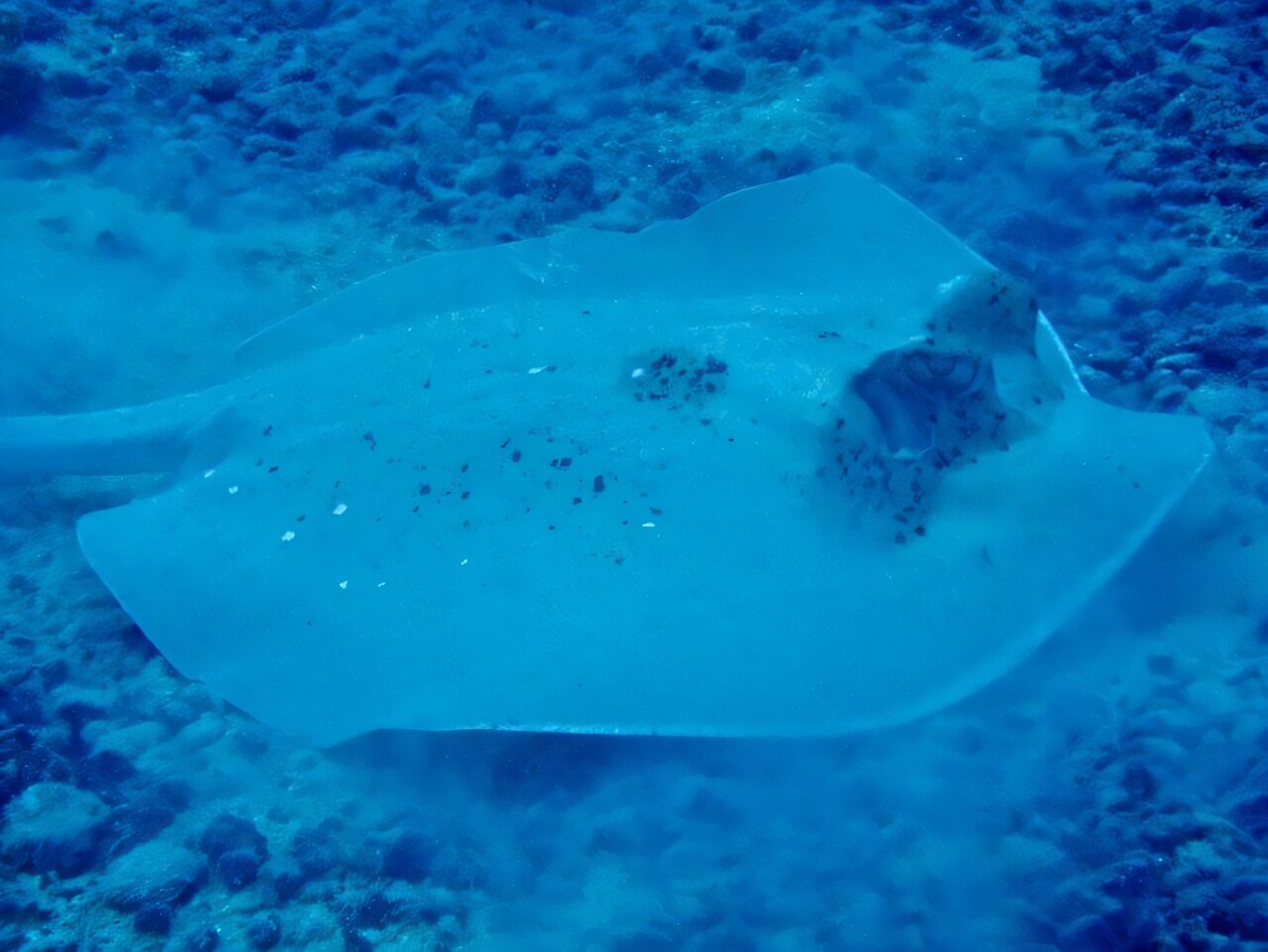
For many years, all maskrays were grouped under Neotrygon kuhli. Due to modern genetic research, scientists have since uncovered a complex of distinct species. There are now 16 recognised maskray species, with nine described since 2016 and 13 forming the ‘blue-spotted group’. This is now the 17th member of the maskray species complex.
The team named the new species Neotrygon romeoi in honour of the late Romeo Glaus, father of the study’s lead author, to acknowledge his enduring support and deep respect for nature. It’s a species frequently caught in small-scale fisheries across Fiji.
“Properly identifying and naming the species is a critical step toward managing its population and ensuring sustainable use,” said Dr Glaus. “Rays are among the most threatened marine organisms. Given the Fiji maskray’s limited range, high catch rate, and unknown life history, we recommend that it be considered for protection under Fiji’s Endangered and Protected Species Act, which among others applies to endemic sharks and rays and helps conserve native biodiversity by regulating trade, protection, and use of species at risk.”
The discovery also goes a new distance to highlight the unique natural heritage of Fiji alongside the vital need to better understand and protect its marine species.
The University of the South Pacific is one of four key implementing partners of the Pacific-European Union Marine Partnership programme – a €45 million programme which promotes sustainable management and sound ocean governance for food security and economic growth while addressing climate change resilience and conservation of marine biodiversity.


"*" indicates required fields
Printed editions
Current issue
Back issues

Back Issues
Issue 43 Sir David Attenborough’s ‘Ocean’

Back Issues
Issue 41 Holdfast to the canopy
Enjoy so much more from Oceanographic Magazine by becoming a subscriber.
A range of subscription options are available.

